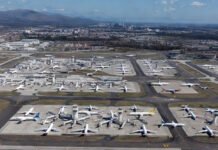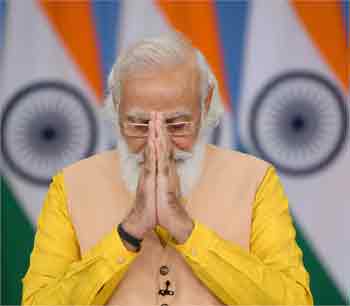Indian Railways, one of the largest railway networks in the world, is making significant strides in improving passenger convenience and operational efficiency. With a clear focus on modernization, infrastructure development, and passenger comfort, the government has introduced several measures to transform the railway system.
New Ticketing Policy to Prevent Overcrowding
To address the issue of passengers traveling with waiting list tickets, Indian Railways is implementing a new ticketing system aimed at ensuring that tickets are issued strictly according to available seats. Union Railway Minister Ashwini Vaishnaw has emphasized that this change will help confirmed ticket holders travel more comfortably without being inconvenienced by excess passengers.
By streamlining ticket sales and introducing digital advancements, the railway system aims to reduce last-minute congestion and ensure a seamless travel experience. This initiative will also allow for better train occupancy planning, ultimately benefiting millions of daily commuters.
Massive Expansion in Tunnel Construction
Infrastructure development has been a key priority for Indian Railways. A notable achievement is the expansion of tunnel construction across the network. Minister Vaishnaw revealed that prior to 2014, the total length of railway tunnels in India was 125 km. However, since 2014, a remarkable 460 km of new tunnels have been constructed under the leadership of the Modi government.
This development is crucial for enhancing connectivity, especially in hilly terrains and remote areas. The improved tunnel network supports faster trains, ensures better safety standards, and enables smoother railway operations in challenging geographical regions.
Kolkata Metro Expansion – A Historic Feat
The Kolkata Metro Project has witnessed a groundbreaking transformation. Initially launched in 1972, only 28 km of metro network was completed in the following 42 years. However, after 2014, the government accelerated the project, adding an impressive 38 km of metro lines in just 10 years.
This rapid expansion has significantly improved public transportation in Kolkata, reducing road congestion and providing efficient urban mobility. The metro system is now set to cater to millions of daily commuters, ensuring a faster and more reliable transit option.
Increased Production of Railway Coaches
To meet growing demand, Indian Railways has expanded its coach manufacturing capacity. Currently, there are 56,000 general and sleeper coaches, while the number of air-conditioned (AC) coaches has risen to 23,000. The government aims to further increase production to accommodate rising passenger numbers and improve travel comfort.
Advanced coaches equipped with modern amenities and enhanced safety features are being introduced to upgrade the passenger experience. The railway ministry is also focusing on energy-efficient designs and eco-friendly technologies to make train travel more sustainable.
Strengthening Railway Safety Measures
Safety remains a top priority for Indian Railways. Several technological upgrades have been introduced to enhance passenger security and minimize accidents. Key improvements include:
- Long welded rails to reduce track failures
- Electronic interlocking systems to prevent signal failures
- Fog safety devices for better visibility in adverse weather conditions
- Automated signaling and monitoring systems
These initiatives are part of a comprehensive railway modernization strategy aimed at ensuring safe and reliable travel for passengers across the country.
India Becomes a Major Exporter of Railway Equipment
Indian Railways has also emerged as a global leader in railway equipment exports. The country is now supplying metro coaches and rail components to several nations, including Australia, the United Kingdom, Saudi Arabia, France, Mexico, Spain, Germany, and Italy.
Additionally, Bihar’s locomotive production units and Tamil Nadu’s wheel manufacturing plants are set to expand exports, reinforcing India’s position as a key player in the global railway industry. These exports not only strengthen India’s economic footprint but also reflect the technological advancements in the domestic railway sector.
Future Plans and Upcoming Projects
Indian Railways has outlined an ambitious roadmap for the coming years, focusing on:
- Electrification of railway lines to promote sustainability
- High-speed rail corridors, including the Mumbai-Ahmedabad bullet train
- Modernization of railway stations with world-class facilities
- Expansion of semi-high-speed Vande Bharat trains across the network
These projects aim to revolutionize railway travel in India, making it faster, more efficient, and environmentally friendly.

















[…] Source link Indian railways,Travel and Tourism […]